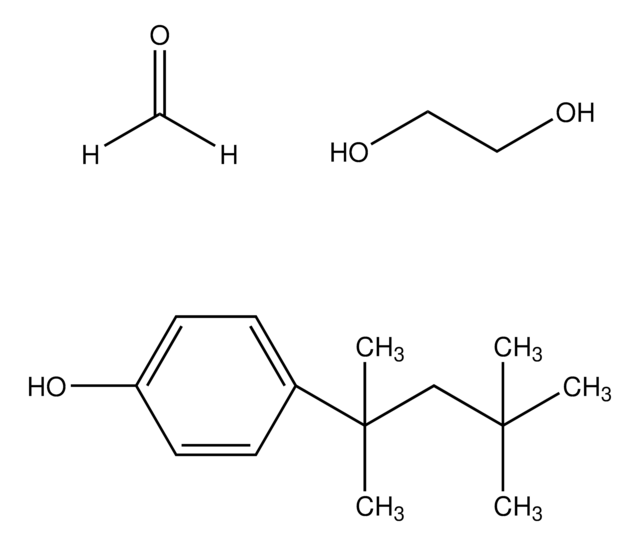5.08162
Loperamide Hydrochloride
Synonyme(s) :
Loperamide Hydrochloride, µ-Opioid Receptor Agonist, Loperamide Hydrochloride, Imodium
About This Item
Produits recommandés
Essai
≥99% (HPLC)
Niveau de qualité
Forme
solid
Puissance
2 nM Ki
Fabricant/nom de marque
Calbiochem®
Conditions de stockage
OK to freeze
protect from light
Couleur
white
Solubilité
DMSO: 50 mM
ethanol: 50 mM
Température de stockage
2-8°C
InChI
1S/C29H33ClN2O2.ClH/c1-31(2)27(33)29(24-9-5-3-6-10-24,25-11-7-4-8-12-25)19-22-32-20-17-28(34,18-21-32)23-13-15-26(30)16-14-23;/h3-16,34H,17-22H2,1-2H3;1H
Clé InChI
PGYPOBZJRVSMDS-UHFFFAOYSA-N
Description générale
Actions biochimiques/physiologiques
u opioid receptor
Avertissement
Notes préparatoires
Reconstitution
Autres remarques
Di Bosco, M., et al. 2008. Chem. Biol. Drug Des.71, 328.
DeHaven-Hudkins, D., et al. 1999. J. Pharmacol. Exp. Ther.289, 494.
Mackerer, C., et al. 1976. J. Pharmacol. Exp. Ther.199, 131.
Informations légales
Mention d'avertissement
Danger
Mentions de danger
Conseils de prudence
Classification des risques
Acute Tox. 3 Oral
Code de la classe de stockage
6.1C - Combustible, acute toxic Cat.3 / toxic compounds or compounds which causing chronic effects
Classe de danger pour l'eau (WGK)
WGK 3
Point d'éclair (°F)
Not applicable
Point d'éclair (°C)
Not applicable
Certificats d'analyse (COA)
Recherchez un Certificats d'analyse (COA) en saisissant le numéro de lot du produit. Les numéros de lot figurent sur l'étiquette du produit après les mots "Lot" ou "Batch".
Déjà en possession de ce produit ?
Retrouvez la documentation relative aux produits que vous avez récemment achetés dans la Bibliothèque de documents.
Notre équipe de scientifiques dispose d'une expérience dans tous les secteurs de la recherche, notamment en sciences de la vie, science des matériaux, synthèse chimique, chromatographie, analyse et dans de nombreux autres domaines..
Contacter notre Service technique





